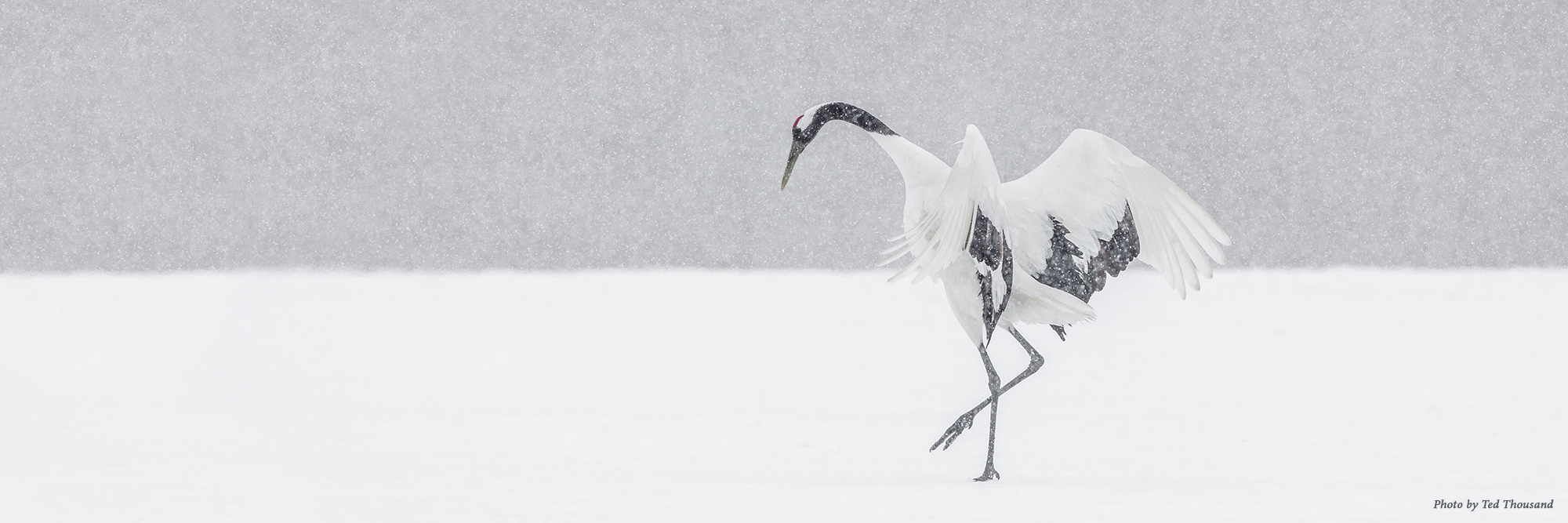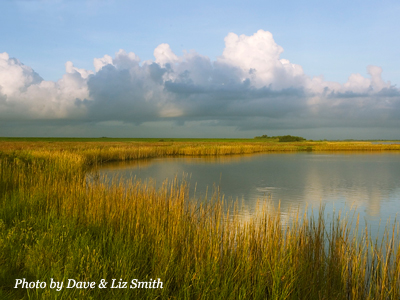
About Us

The story of the International Crane Foundation began in 1971 at Cornell University with two students who shared a passion for cranes. Ornithology students Ron Sauey and George Archibald envisioned an organization combining research, captive breeding and reintroduction, landscape restoration and education to safeguard the world’s 15 crane species. In 1973, with the generosity of the Sauey family – who rented their horse farm to Ron and George for $1 a year! – the International Crane Foundation “hatched” in Baraboo, Wisconsin.
Over more than 50 years, we have developed unique collaborations and led effective community-based conservation programs, important research projects and innovative captive breeding and reintroduction efforts. These endeavors have inspired international cooperation, helped improve people’s livelihoods, and protected millions of acres of wetlands and grasslands on the five continents where cranes live.

Today, the International Crane Foundation’s impact reaches across the globe. We have offices and staff in China, Kenya, Rwanda, South Africa, Uganda, Zambia, and Texas. We work through strong partnerships with local organizations, governments, universities, businesses, and others in these regions. Our approximately 150 staff and associates work with a network of hundreds of specialists in over 50 countries on five continents.

Our nearly 300-acre global headquarters in Baraboo, Wisconsin, hosts a captive flock of approximately 100 cranes, including the only complete collection of all 15 species worldwide. Our site, which features live crane exhibits, guided and self-guided tours, a research library, a welcome center and four miles of nature trails, is visited by more than 25,000 people annually.
We don’t have any plans of slowing down now. With 10 of the world’s 15 crane species facing extinction, our future promises to continue growth and innovation to meet the growing challenges. We thank you for being a part of our history and supporting our future as we work to protect cranes and the ecosystems, watersheds and flyways on which they depend.